One of the most common occurrences in a search for birth parents is taking what information we have and following them through to the point where we can determine if they are false or possibly true.
Some of us are fortunate enough to have bits of information to lead us into our search. However, these blessings can also become a curse if all the information contained within them were to lead us astray or were outright lies fabricated by the social worker who claimed to collect it from our birth mothers. Otherwise known as our non-identifying information so many of us have waited long periods of time requesting from the adoption agency who had them on file.
One can never know if the information we have is valid. Only through a mixture of DNA testing, circumstantial evidence, and traditional searching that leads us to further records, can we prove or disprove what information we have. I have met and worked with dozens of adoptees this past year and met all types of perspectives and stories. Reality is much more strange than fiction in many cases. Some come to me with information that leads perfectly to where they need to look. While others come believing they have accurate information, only to find out that what was collected was a wild goose chase in the making.
I know this is not what people like to hear. Yet, sometimes there are patterns we can follow even with disinformation. Once a pattern emerges we start to understand the value of the information we were provided. Some people want to be secretly found. Others want to be found, but are still afraid of the consequences. While others do everything they can to send you in the wrong direction. In each case I find that a blend of traditional search and DNA testing to be the litmus test to prove or disprove our path.
DNA testing is certainly not the least expensive way of attaining truth. Costing around a hundred dollars each time we make an educated guess is not easy to swallow. Yet it is one of the only tools out there that can help to narrow truth from fiction. In some cases DNA cannot be used. In close communities where cousins may intermarry one another relatives may show up a lot closer then they should through autosomal DNA testing.
Thus far I have not had to work with people who were faced with that problem. Yet there have been some from recent immigrants who make it difficult to find anyone closer than fourth to six cousins from their results. To give you some perspective on just how many people are between you and say, a fifth cousin, take a look at this link from 23andMe. Let’s just say, we really want close relatives in our autosomal DNA test results. You will be hard pressed to ask a genealogist to make you a family tree with thousands and thousands of people in it.
Either way we move forward, closing the loops and eliminating a specific path we are headed into can be a reward in itself. Whenever I get close to a place I feel is the stars align toward truth, my litmus test is DNA testing a relative I find there. In the best case scenario we find a close relative. On the other hand if they turn out to not be in our results in anyway shape or form, then it closes that line of thinking and saves us time otherwise wasted looking further on an ancestry tree filled with hundreds of people. It can mean the difference of days, months or even years of searching down a path. Although it is sometimes hard to tell a searcher that it was good that we conducted a test when they were hoping to come up with something meaningful in the results, besides the answer being not to look in this area of the family tree any further.
I've been there myself testing an individual who could have been my half-brother only to find out he was not even someone who shared a single piece of my chromosome.
